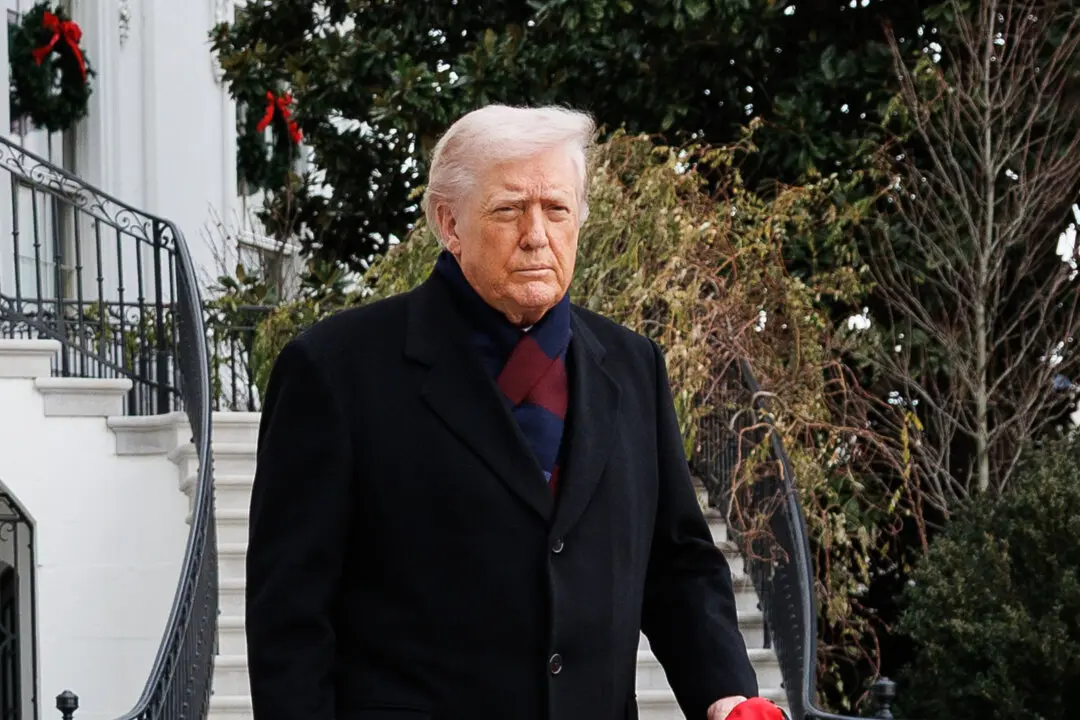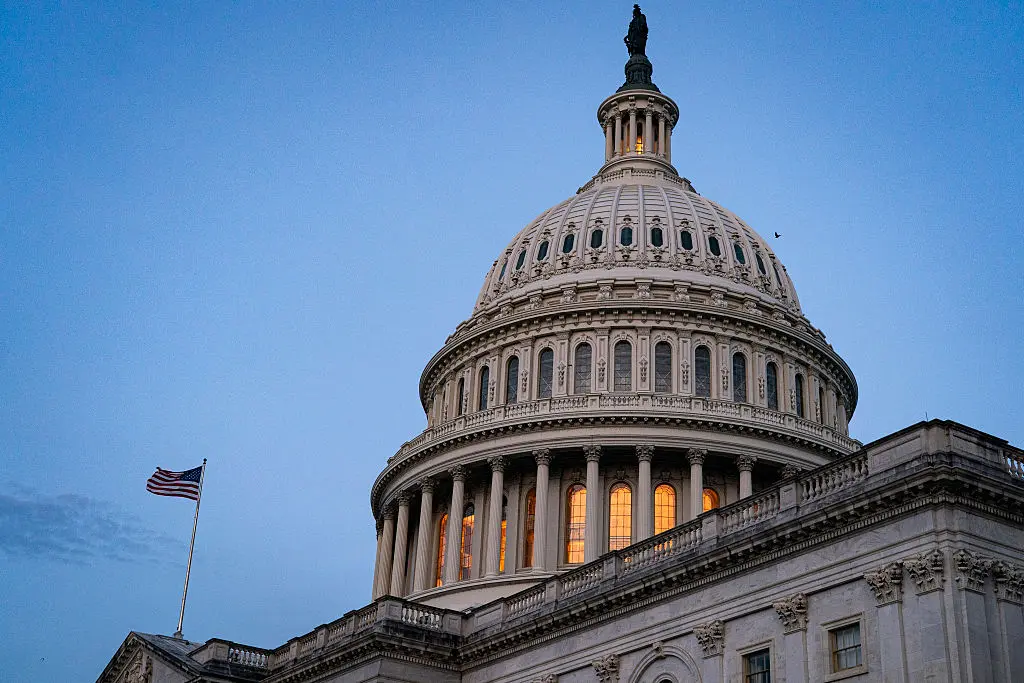The International Monetary Fund (IMF) has issued a warning about a jump in upside risks to inflation, driven by elevated service-sector costs and exacerbated by too much government spending and the forces of deglobalization, which could prompt the U.S. central bank to hold interest rates higher for longer and so dim prospects for a soft landing.
The warning came in a combination of a blog post penned by Pierre-Olivier Gourinchas, the IMF’s director of research, an overview of the organization’s latest edition of the World Economic Outlook report, and the full report itself.





